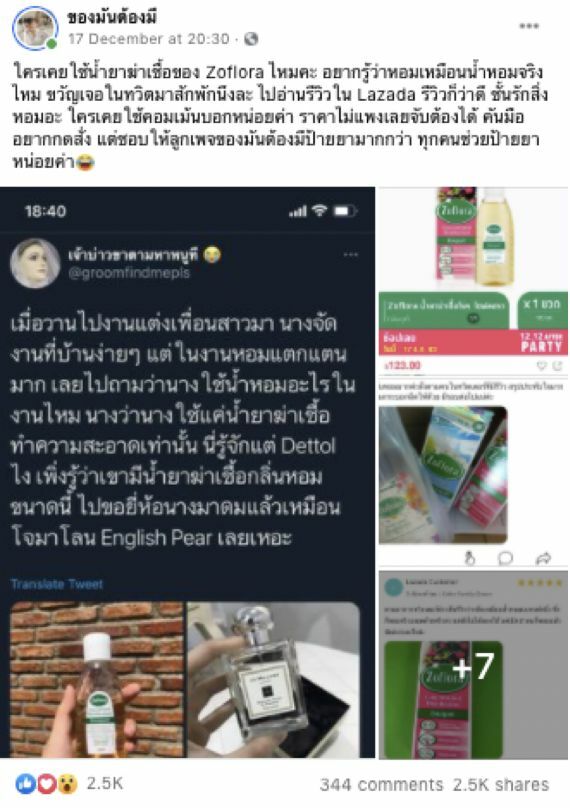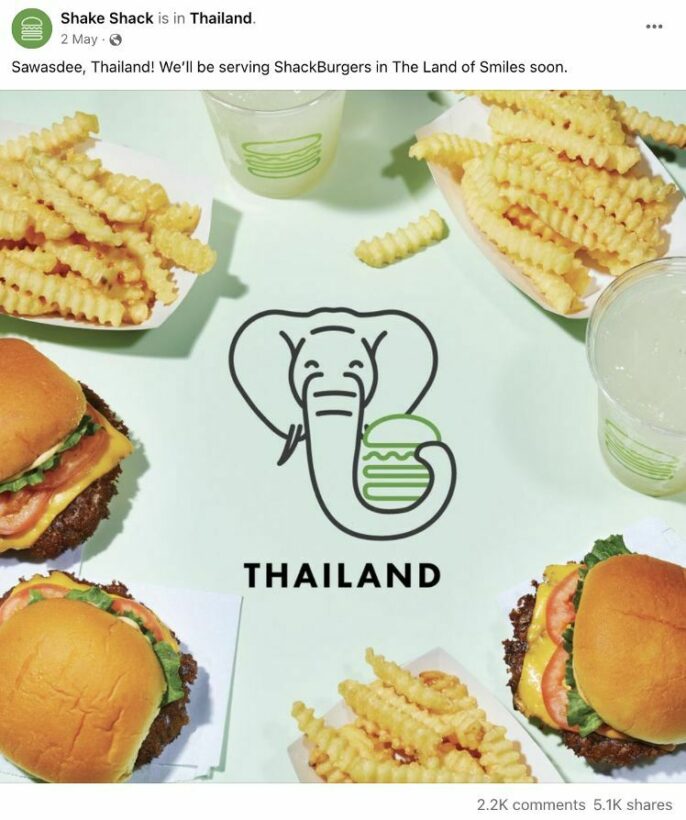Marketing in Thailand as a Foreigner: Volume #2.2 Ad Campaign Crossroad: Global Materials vs. The New Investment

Sometimes, It’s Okay to Wear Socks and Sandals
Foreign marketers sometimes need to be bold enough to wear socks and sandals in a tropical country like Thailand to stand out. If you wonder why: READ HERE. I have no space for rewriting all this; otherwise, you would think this article is too long, but it is already long enough that I have to separate this volume into 2 parts.
Volume#2.2: Ad Campaign Crossroad: Global Materials vs. The New Investment PART 2
In the last article, I discussed the most basic yet essential criterion if you should follow your marketer instinct to invest in new localised materials or use the already existing global materials. I highly recommend you read or re-read it to make sense of my other checklist in this article!
2nd Factor: Are Your Products Uniquely Functional Enough on their Own?
If a product could sell on its own due to unique functionality, investment in a new branded message-conveying ad campaign might not be essential. I also applied this to one of my projects called Zoflora, a scented disinfectant. The brand has just entered the Thai market, and its biggest rival is Dettol. The pain point is that Dettol reeks of hospital reminiscence. With Zoflora coming with a perfume-like disinfectant, it is already a standout functionally. Creating a new branding VDO to tackle Thai cultural pain points is not so effective in exchange for the budget when you have such a superior function.
We’d instead invest in a peer-to-peer approach which is super cost-effective. No production is needed. Just rely on the creative freedom of the influencers. Thai people are obsessed with genuine recommendations over some brands telling a story for consumers to buy products. With a review of how functionally unique the product is, Thai digital nomads love being the first followers to talk about valuable products! In this case, taking advantage of real users’ word of mouth with a combination of existing materials from the global might already be a strong-enough approach.

The honest reviews that shot Zoflora up to be the number 1 sold-out product on Lazada within a night in the category without having to invest in any pricey materials
The Last Factor: How Well Established is Your Brand on Global Level?
Let’s suppose I am selling a commodity product from an internationally famous brand like Nivea or Garnier. The secret sauce to the sales success of commodity products without a distinguishable groundbreaking feature is the number of shelves (physical and digital) your products could be on. With sufficient shelves, your products already inanimately shout to the shoppers to read the labels and add your products to their carts. Suppliers can’t wait to add your products to their shelves if you can prove that your products have sufficient demand and establishment through the benchmark of your global fame. You can see the success these worldwide brands garner in terms of sales by just sometimes using unrelatable brand narratives or talents. Why invest in newly costly materials when your shelf game is beyond intense, especially when it is the reason your products are sold?
Let’s take a look at another example of establishment: ‘The Expected Arrival. Let’s say my brand is a famous international chain restaurant expanding its branch in Thailand. We, Thai people, could not resist our show-off urges. We need to share our online excitement in exchange for the social currency of our worldliness of having experienced this delicacy overseas. This is the chain reaction for people to start talking about your arrival.

Shake Shack announced its arrival with just “Sawasdee” with an elephant that symbolises Thailand. It is a cost-free effective approach to tackle their potential audience. Everyone talks about Shake Shack’s arrival, and demand has risen since because of the established fame that has been hyped to build up expectations.
With these two examples, why does your brand or product need to integrate an ad campaign to make people aware of your presence or value while your global establishment is the kick?
If these 3 questions could be answered with clarity, your marketing crossroad should be less tangling now!
- Marketing Objective: do the pain points that need localisation really exist, or is it just your marketing urge because you feel the lack of local understanding?
- Unique Functionalities: do your products possess features that could easily make a buzz and already be the solution to Thai people’s lives?
- The Fame: do your brands have the preceding fame that could be the trump card to rocketing sales or instantly creating massive awareness?
If you are at your wits’ end to either decide to localise new materials or use global materials, take these 3 points into your account. I hope they could help someway somehow.
The point of this article is not to tell anyone to stop localising ad campaigns by coming up with new ones but to really consider the effectiveness of your investment. Looking for pain points of how your products could be an undiscovered gem that Thai people are waiting for and tailoring new ad campaigns with colossal investment can be equally effective as using your existing global materials. But the most challenging part is to be bold enough to shake your first instinct off as a foreigner who does not know any local nuances and focus on the variants that make your products sold instead.
If you are bold enough to be rid of your foreigner saboteur, Yes, you will probably look bizarre.
Yes, you are going to be notoriously remembered for your oddity. But one thing is, your ads will be unforgettable in our little country, which is the foundation of marketing. Remember, Justin Bieber once pulled socks and sandals off!
Writer: Don Gorrith, Senior Strategic Planner at Yell Advertising Bangkok
Latest Thailand News
Follow The Thaiger on Google News:


























